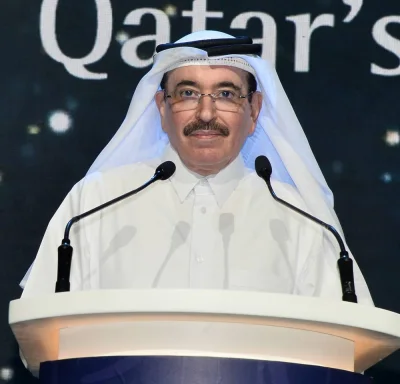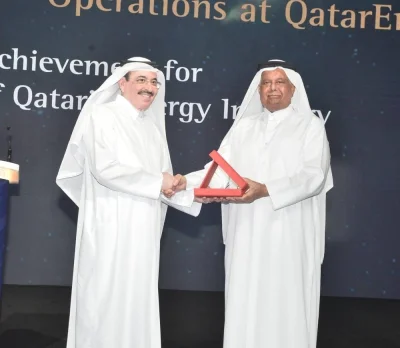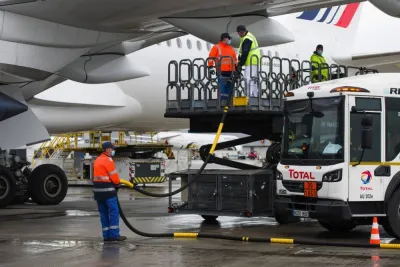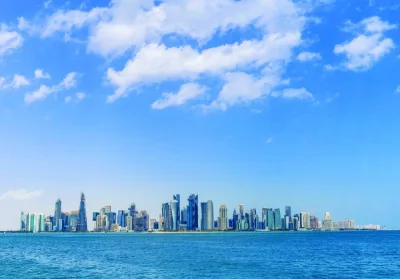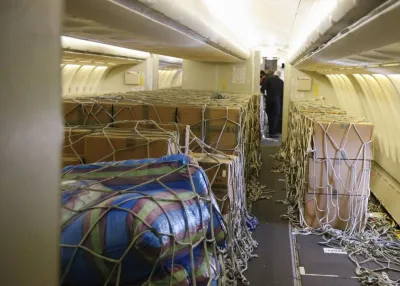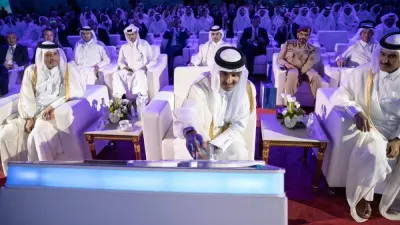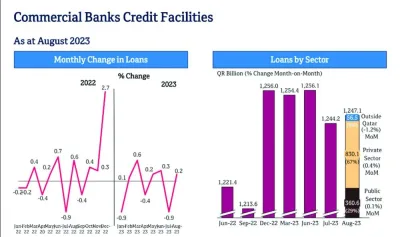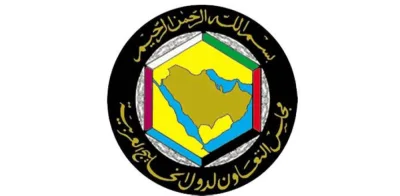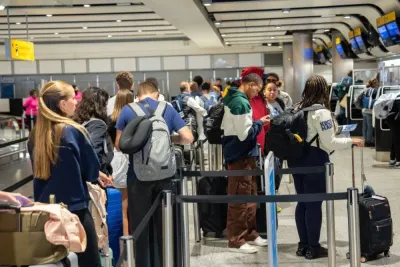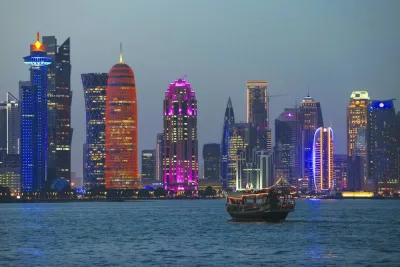The GCC chemical industry accounted for $70bn exports in 2022, Gulf Petrochemicals and Chemicals Association (GPCA) said and noted China, India and Turkiye are the largest export markets for the Gulf countries.Over the past decade, the GCC region has established significant chemical trade relations with China, India, and Turkiye. It has consistently maintained a favourable chemical trade balance, reflecting the region’s competitive edge and comparative advantage in producing and exporting chemical products.“The persistence of a trade surplus in chemicals indicates the economic strength and profitability of the chemical trade relationship between the GCC region and its counterparts in China, India, and Turkiye,” noted Dr Sana Ben Kebaier, head (Economic Research Department) at GPCA.Within this consortium of trade partners, China emerged as the most pivotal counterpart for the GCC in the chemical sector during 2022, constituting 25.3% of the total GCC chemical exports.Subsequently, India stood as the second most significant trading partner, accounting for 21.1% of the GCC’s chemical exports during the same period.As economies regained momentum, the demand for chemicals across various sectors rebounded, driving the increased trade value. In 2022, the chemical exports from GCC to India and Turkiye reached an unprecedented level, setting a new record, which can be attributed to several factors.First, the recovery from the pandemic, resulting in the resumption of economic activity and increased consumer demand. Second, the strengthening of commercial relations through bilateral agreements and diplomatic efforts, such as the UAE-India Comprehensive Economic Partnership Agreement (CEPA).Third, the expansion of industrial sectors in all regions, driving demand for chemicals. Fourth, the market diversification strategies of the GCC, India, and Turkiye and fifth, the positive impact of regional integration initiatives.Taken together, these factors have created favourable conditions for enhanced cooperation, market access, and an increase in the volume of trade in the chemical sector between the GCC region, India, and Turkiye.According to GPCA, establishing a free trade agreement (FTA) in the chemical sector between the GCC and its partners offers a promising outlook.The simulation results indicate a substantial increase in trade volume and economic integration. Trade creation effects are expected to reach $408.3mn with China, $215.8mn with India, and $42.3mn with Turkiye.“This paints a picture of stronger diplomatic relations, expanding market opportunities, and aligned strategic objectives. On the flip side, the trade diversion effect suggests that the GCC countries can expect trade to shift from previous partners to these FTA countries due to the removal of trade barriers,” GPCA noted.

Pratap John
Pratap John is Business Editor at Gulf Times. He has mainstream media experience of nearly 30 years in specialties such as energy, business & finance, banking, telecom and aviation, and covered many major events across the globe.
Most Read Stories






